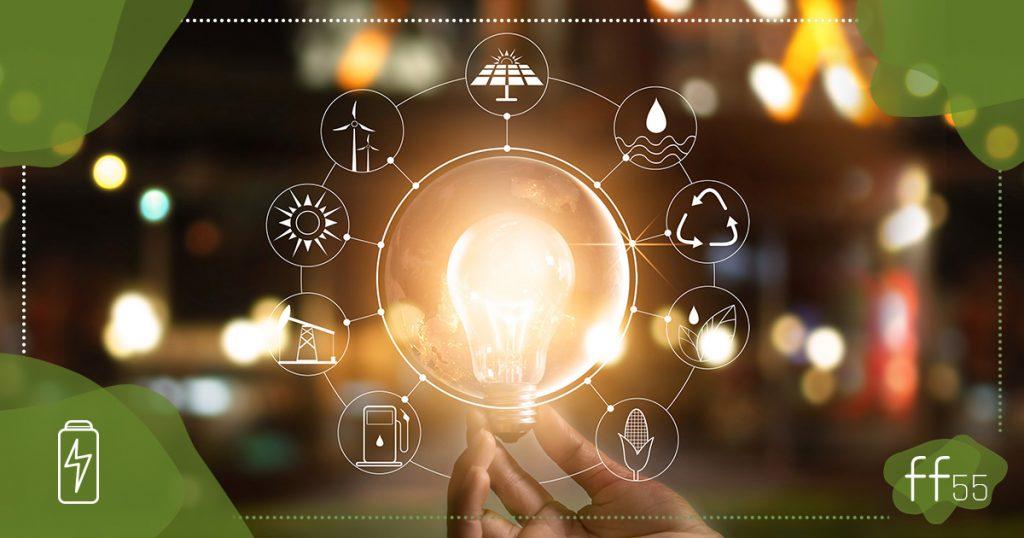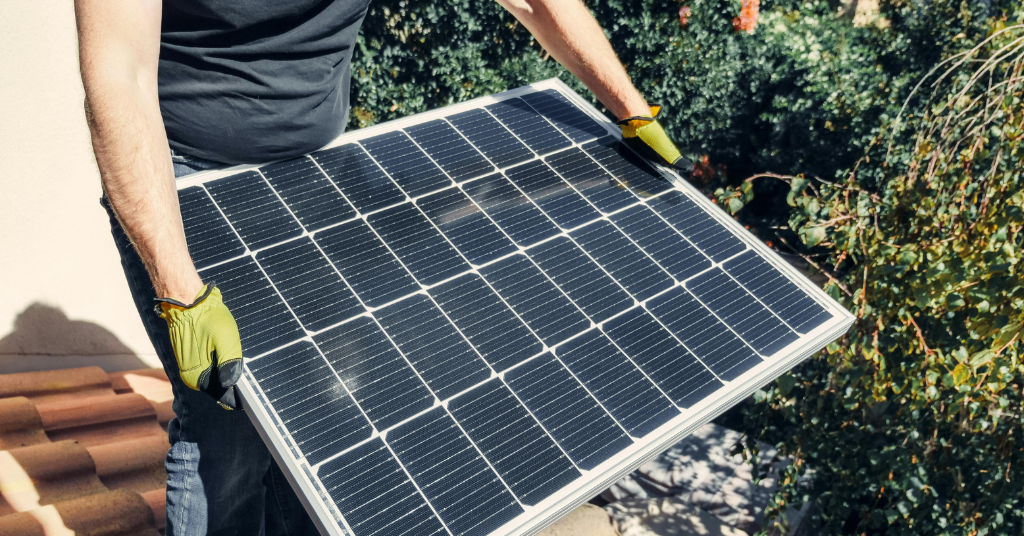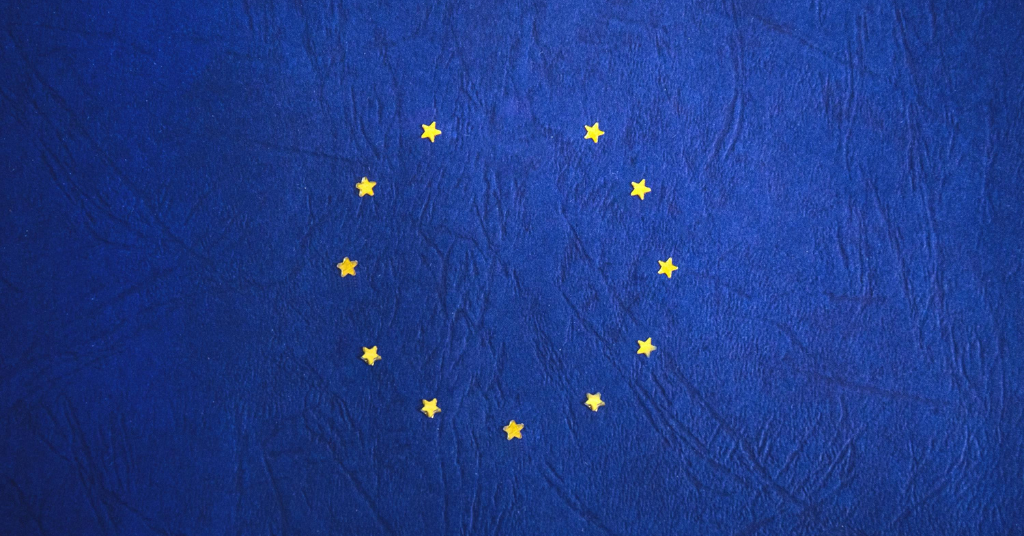Renewable energy is all about carbon-free or low-carbon sources. It’s generated from natural resources: the power of wind, water and the Sun. We’ll look into the technology, how it generates power for your home, your street or your office.
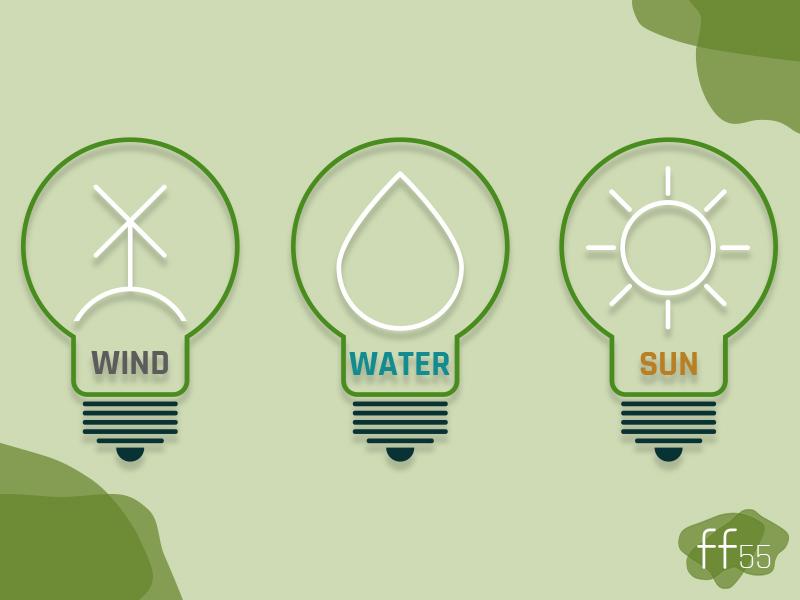
The wind
When you drive outside the city you’ve definitely seen wind turbines that look like gigantic pinwheels. Although they only have three blades, they pretty much do what our childhood toy did: they spin and in turn drive a turbine to generate electricity by transforming the kinetic energy of winds into electricity.
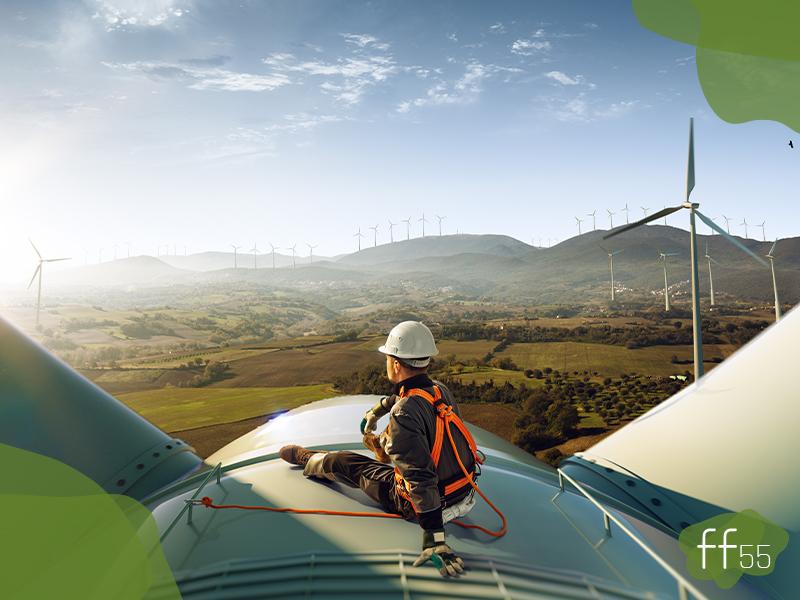
Their rotation speed determines how much power a turbine produces. The world record holder, called GE Haliade-X produces 312 MWh (megawatt hour) of energy. To put it in perspective, it would take it 42 minutes to provide an average household with energy for a whole year – or it could produce enough power in a day for the same household for nearly 34 years. Impressive, isn’t it?
Smaller wind turbines, however, are great for recharging car batteries or powering lamp – and on the top of your roof it may also help to reduce your electricity bill while lowering your carbon-dependence.
The water
Hydropower has been used for a long time in Europe, it has provided electricity for our homes and industries already in the beginning of the 20th century, and today it generates nearly 650 TWh in a year.
Most of it comes from conventional hydroelectric power stations, in which the potential energy of dams drives a turbine. The power produces here depends on the volume of water and the difference in height between inflow and outflow.
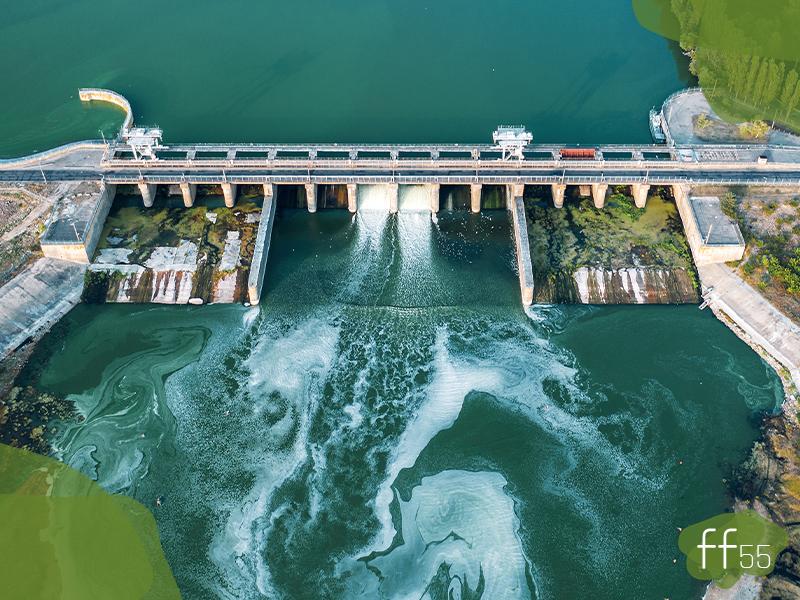
In the past 15 years Europe has invested relatively little in constructing new plants, but experts say, it will become more important in the coming decades, because with its untapped potential, it’s an excellent catalyst for a successful energy transition.
It’s necessary, however, to keep in mind that new hydropower plants have to be more sustainable both environmentally and socially as the major concerns of the society include environmental impact, as they disrupt the natural ecology of rivers, affecting habitats and ecosystems.
The sun
When thinking of “solar power” we mostly think of generating electricity with solar panels even if in some cases we don’t even need electricity, for example it can be used for heating water, cooking, drying and many other activities. But the electricity coming from the energy of the Sun is one of the most important sources for us earthlings and luckily most of us live in areas where we get 3.5-7 kWh of energy on every square metre every day from our star (the average household electricity consumption kWh per day is 28.9 kWh).
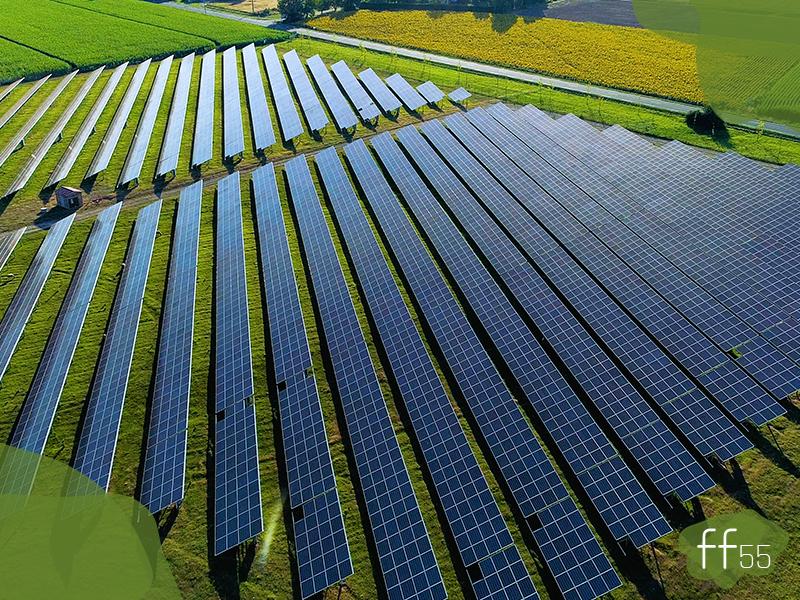
It’s easy imagine how the Sun heats water for showering, but producing energy is a little more complicated. Photovoltaic cells convert light into an electric current using a physical and chemical phenomenon that was first demonstrated by Edmond Becqerel in 1839. As he described it, it was “the production of an electric current when two plates of platinum or gold immersed in an acid, neutral, or alkaline solution are exposed in an uneven way to solar radiation.”
Although solar cells are environmentally friendly when being used, they degrade over time and their efficiency decreases. Two years ago, in the first global assessment scientists recommended “research and development to reduce recycling costs and environmental impacts compared to disposal while maximizing material recovery”.
Hopefully, a decent and effective solution for this will be found in the near future.

